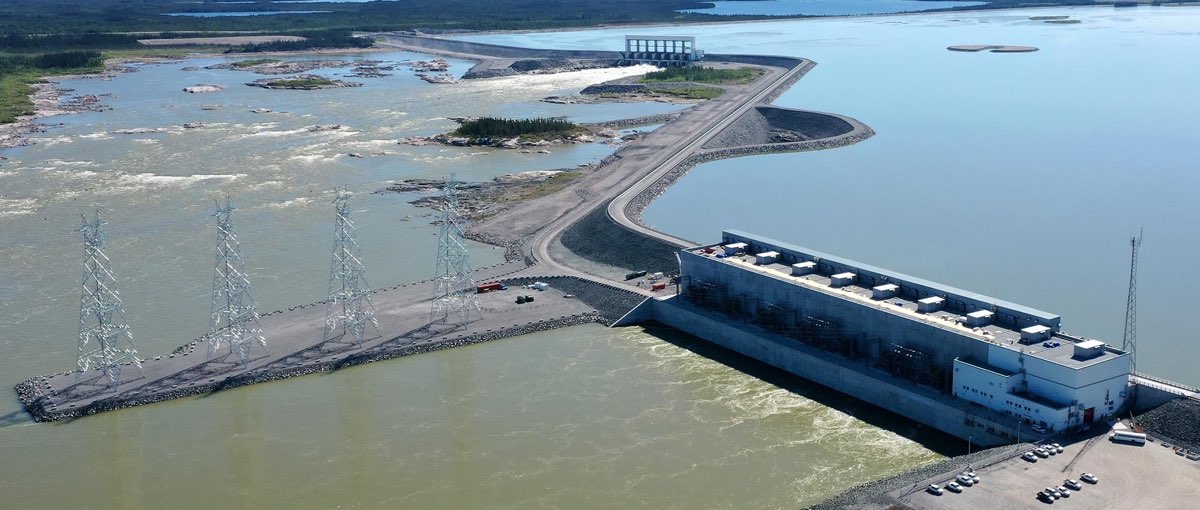Icy innovation: supplying power under frigid conditions brings special challenges
Manitoba Hydro prides itself on being able to deliver safe, reliable energy to its customers under some of the harshest conditions on the planet. That’s why Manitoba Hydro has ice mitigation strategies. But one of the biggest challenges presented by the chilly environment in Manitoba occurs during the shoulder seasons.
At the beginning of winter, Manitoba often sees a buildup of hoarfrost, a feathery coating of ice that forms when ambient humidity meets a surface below the freezing point and solidifies into crystals on contact. Hoarfrost is sparkly, picturesque – and in some cases very bad for power lines as the ice accumulates, weighing down lines and increasing the risk of a power outage.
So how do you cope with the ice crystals and the sagging lines they create? Ingenuity, specialized tools, and hard work.
The Manitoba Hydro ice mitigation plan includes three tactics: ice melting, ice rolling and ice whacking.
Ice melting
When you hear the term “short-circuit”, it doesn’t seem good – but in icy conditions, short circuits can be incredibly useful.
Since the 1980s, Manitoba Hydro has developed a highly successful program of melting the ice from transmission lines by selectively placing short circuits on sections of them. Under controlled conditions, a short circuit causes the power line to heat up (almost like a toaster element), melting ice from off the power line. Proactive ice melting can prevent significant damage to infrastructure and reduces the risk of long outages when lines need repairing.
Done manually, two crews of three to four people each (one crew outside and one in a control room) can melt ice off about 20-30 miles of line in about three hours, typically without taking power outages. One hour of ice melting can replace two or three days of mechanically rolling the lines to remove ice after the fact (see the next section).
Ice rolling
This part of our ice mitigation strategy involves our crews attaching a “roller” to a long pole or rope, hanging it off a power line, and physically dragging (rolling) it down the power line. This technique will vibrate or crack the ice off the line and is often done in freezing rain and storm conditions when melting isn’t typically an option.
A 10-person crew can de-ice roughly one mile of line per hour using the ice rolling technique.
Ice whacking
In some cases, crews may choose to hit the ice off the power line. Using an 18-inch polycarbonate stick, whacking a line from a bucket truck can also cause ice to crack and fall off.
By harnessing the thermodynamics of electricity, using specialized ice-removal tools, or simply brute-force hitting it away, Manitoba Hydro can fend off hoarfrost and ensure safe, reliable delivery of renewable hydroelectric power.
Watch these ice rolling techniques in action below.
